What Is Plenum Cable
If you are going to install cable in a building that has drop ceilings and an HVAC system, it is critically important to understand when you need to use Plenum Cables.
Almost every building code in the United States has plenum cable requirements in place. These requirements are to protect the occupants from potentially deadly hazardous fumes in the event of a fire.
In this article, we will discuss everything you need to know about plenum cables, so let’s get started.
What Is Plenum Cable
A plenum cable is referred to as an ethernet cable that is rated for installation in plenum spaces such as a drop ceiling or raised floor system. Its insulated jacket is fire-resistant and can be made of either fluorinated ethylene polymer (FEP), polytetrafluoroethylene (PTFE) or low-smoke polyvinyl chloride (PVC). All of these are approved for installation in plenum spaces because they adhere to the strict regulations from the National Fire Protection Association (NFPA).
| CAT5E UTP Plenum Cable | CAT6 UTP Plenum Cable |
|---|---|
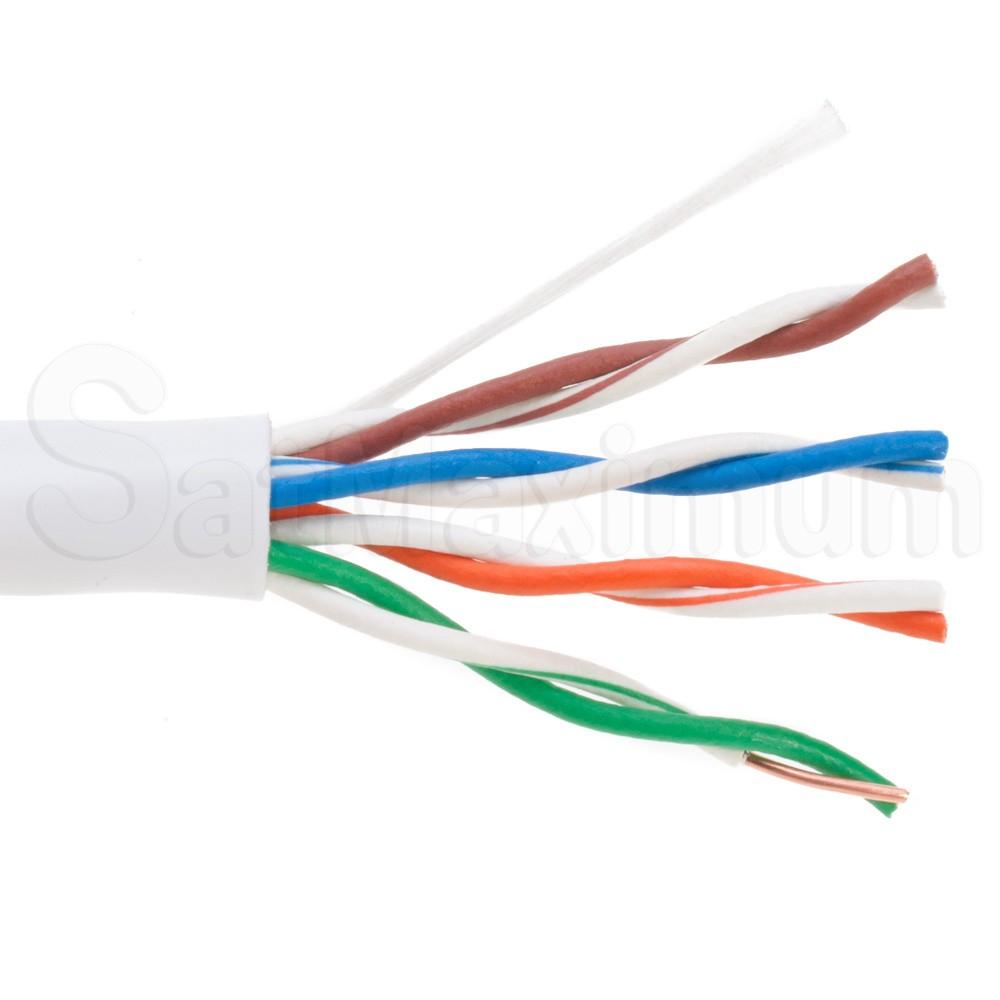 | 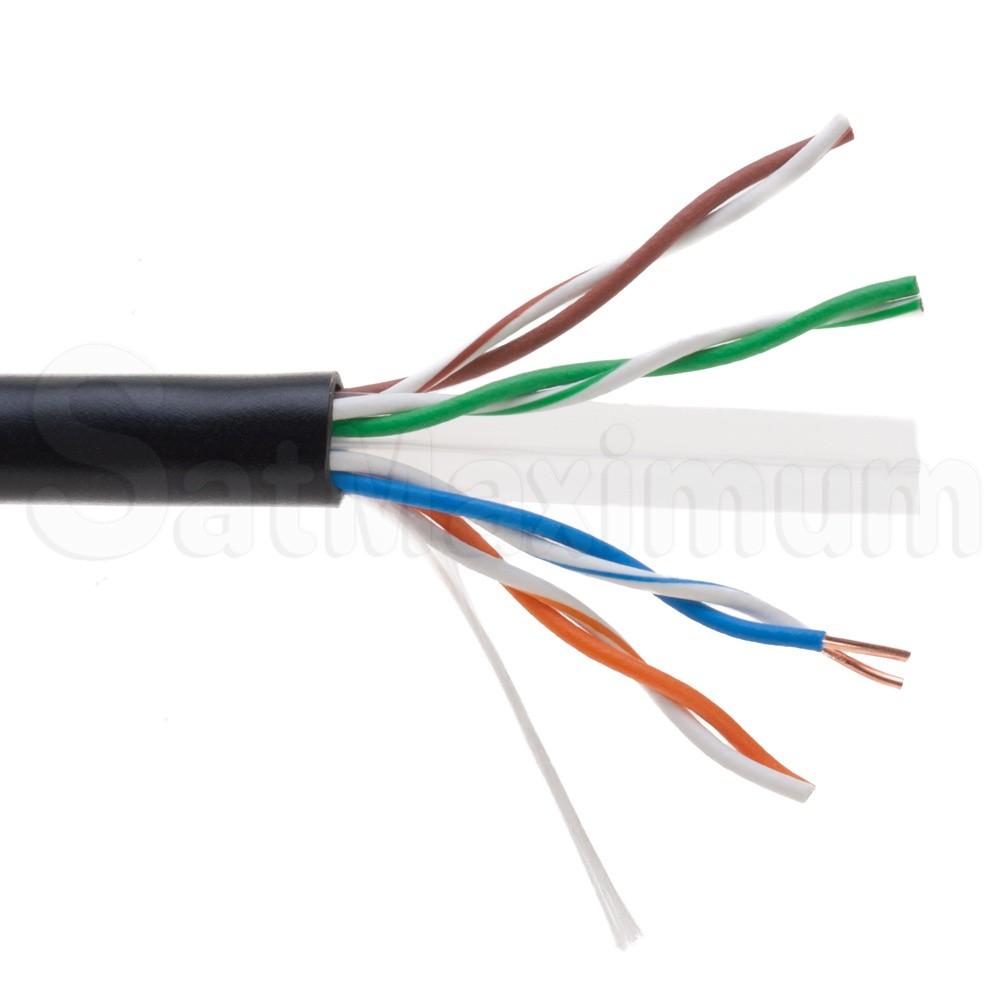 |
What Is A Plenum Space
A plenum space is the area in a home, office or building where air flow and circulation happen such as a heating, ventilation or air conditioning systems (i.e.: HVAC ducts). These open spaces are often used for running telephone and network communications cables from one location to another.
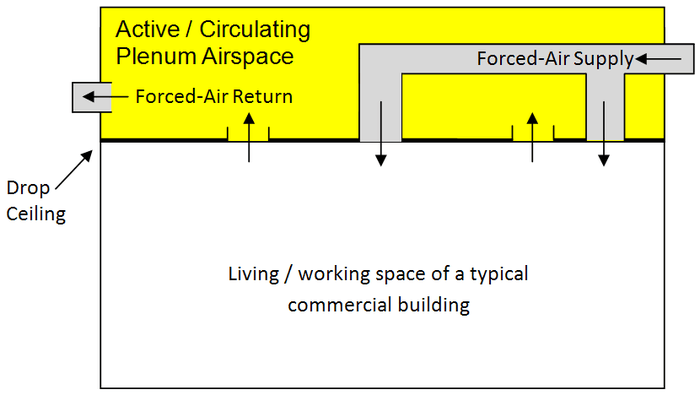
Why Use Plenum Cable
The reason why it’s so important to use plenum-rated cable in a plenum space is because of the higher oxygen content that flows through them. If a fire were to break out, this flow can cause it to spread very quickly.
Because plenum cable is made of fire-resistant material, it can reduce flame spread to no more than five feet, limit the emission of harmful toxic smoke and can also self-extinguish. If a non-plenum cable were used, the fire could potentially travel along the cable emitting deadly thick toxic smoke throughout the building.
When to Use Plenum Cable
Building codes today mandate that only plenum-rated cable be used in all plenum spaces and air ducts. This is especially true for larger public buildings like hospitals, schools, airports, etc. where they adhere to enhanced safety regulations. Because of the larger population in those type of locations, building codes in some cities and towns will only allow the use of plenum cable even in non-plenum spaces.
Why Are Plenum Cables More Expensive
Plenum-rated cables (CMP) are more expensive because the materials required for the insulation must meet the strict standards for both plenum cables and for their category. (i.e.: Cat5, Cat6 etc.).
How To Tell The Difference
When we discuss plenum and non-plenum cable, it is important to understand that we are not referring to the cable type, but rather the fire resistance of the cable jacket. Knowing the difference will determine the standard of cable you need to use for your application.
The National Fire Protection Association (NFPA) defines the standards for electrical wiring in buildings in the National Electric Code (NEC) guidelines. Since its primary purpose is to prevent fires, nearly all state governments and local cities have adopted NEC guidelines as a major part of the building codes.
You can find these Communications Multipurpose (CM) ratings printed on the cable for easy identification.
The following are the three most commonly used “Communications Multipurpose” (CM) cables listed in the NEC guidelines:
| CMP PLenum | CMR Riser | CM Standard | |
|---|---|---|---|
| Fire-resistance rating | Highest | Less | Least |
| Space | Plenum / air ducts/ any location | Risers / vertical applications / non-riser spaces | General use / can be used in walls and beneath floors or other areas without fire code restrictions |
| Jacket | Low-Smoke PVC or FEP compounds | Flame Retardant PVC | PVC |
| Levels of toxic fumes | Low | High | High |
| Price | $$$ | $$ | $ |
Do You Need Plenum-Rated Cable If It’s In Conduit?
The answer is no, you don’t need to use a plenum-rated cable when using a plenum-rated conduit in a plenum space. Common types of plenum conduit are inner duct (mostly used for fiber runs) and metal. PVC pipes are typically not plenum-rated.
When Can You Use Non-Plenum (CMR or CM) Cable?
You can use non-plenum cables anywhere except in plenum spaces and air ducts.
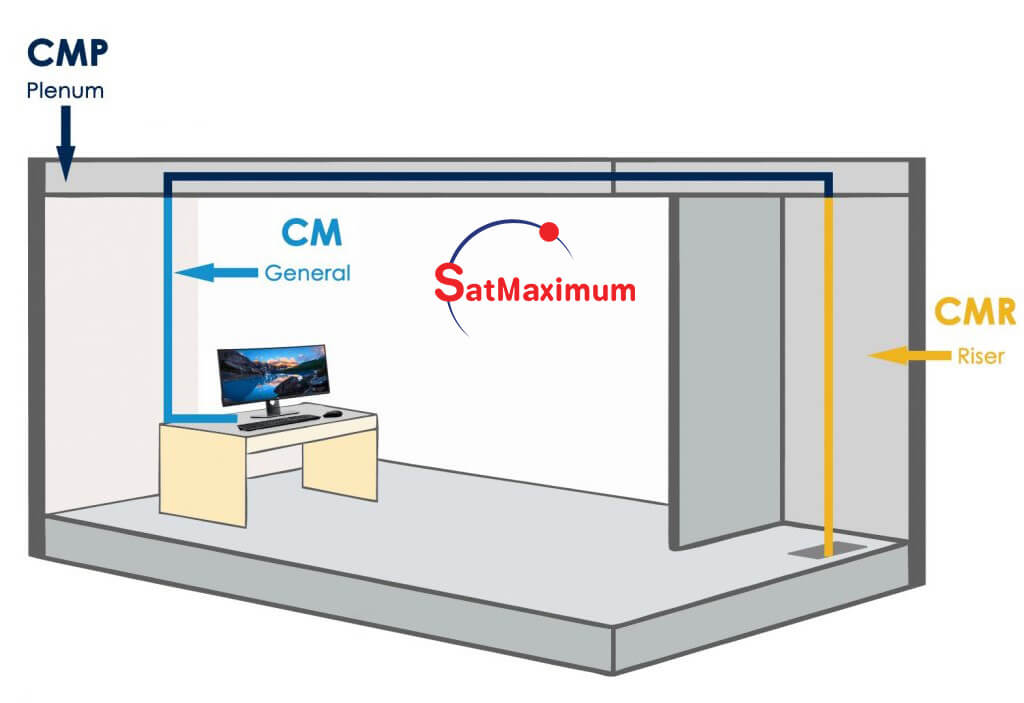
Non-plenum cable is typically installed in both residential and commercial settings in non-plenum spaces such as; inside the walls, across open ceilings, or along the floor of the building. If you are running cable between floors or in vertical shafts such as an elevator, you must use CMR (riser-rated) cable.
Some buildings with HVAC systems have return air ducts that transfer air back outside. If there aren’t any leakages and the space above a drop ceiling doesn’t circulate air, you can use non-plenum cable. You cannot run the cable inside the air ducts themselves. The example of non-air circulating airspace shown on the picture below: 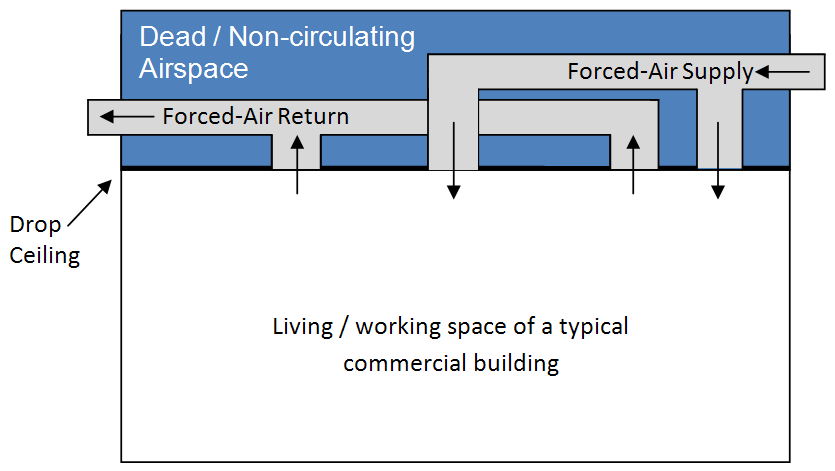
Conclusion:
If you are unsure whether you need to install plenum-rated cable, contact your local building department and insurance provider to find out the exact building and fire codes. Not doing so could prove very costly, so it’s best to err on the side of caution.
We hope this article was educational and that you’ve gotten a better understanding of the use of plenum-rated cables. If you need to purchase a plenum rated cable for your application, check our high quality Plenum Cables.













































